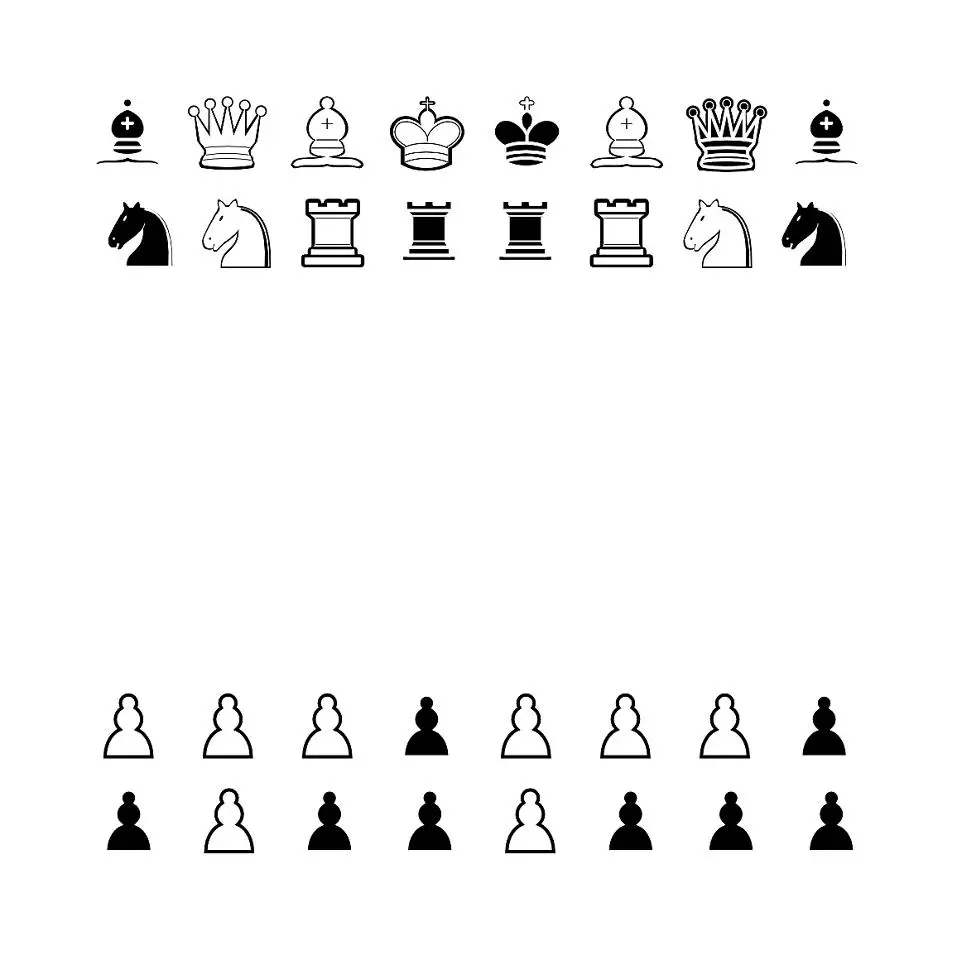In 1793, Thomas Jefferson requested equipment from France that could be used to evaluate the metric system within the United States, Joseph Dombey returned from France with a standard kilogram. Before reaching the United States, Dombey’s ship was blown off course by a storm and captured by pirates, and he died in captivity on Montserrat.



I don’t think metric will ever overtake customary units for distance in common usage in the US. The length of an inch, foot, and mile are burned into our public consciousness. Products come standard at discrete lengths defined in feet, like lumber being sold in lengths of 8, 10, or 12 feet. Our entire infrastructure is built around these lengths. Cars have both mph and kph on their speedometers, but no one ever looks at the kph. We’d have to change every speed limit sign in the whole country, as well as every highway mile marker and all the distance signs.
I feel like in the US we already encounter Celsius on a regular basis though, and it would be easier to drop Farenheit if we wanted to.
hey can you pick up a 2 liter bottle of pop on the way home? Thanks.
All other countries who adopted metric faced the exact same problem and managed to solve it. The US isn’t unique or exceptional with regards to this in any way.
Yeah the costs to transition faced by the US today and 1850s Europe are different. Also you seem to have missed the part where here in the US we already use metric for a ton of stuff, I was just talking about how our infrastructure is built around customary units for distance. Why so mad bro?
We change bit by bit, industry by industry, and disaster by disaster here.
Which is probably why they should have made the change over 50 years ago because as time rolls on it becomes exponentially more impossible to achieve.